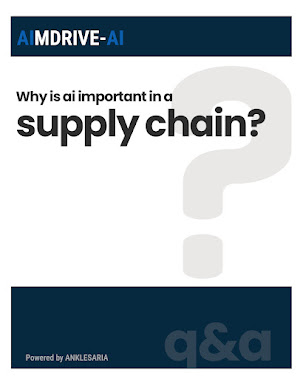What are the best strategies for reducing procurement costs?
Reducing procurement costs effectively requires a structured approach that goes beyond simple price negotiation. The key is to understand costs deeply and use that knowledge to drive fact-based savings while fostering supplier collaboration.
- Price
Analysis:
- Benchmark
supplier pricing against market trends to ensure competitiveness.
- Review
historical price data and market shifts to gain transparency in
negotiations.
- Cost
Analysis:
- For
purchases without clear industry benchmarks, break down costs into materials,
labor, overhead, and margins (Should-Cost Analysis).
- Use
this insight to negotiate real cost reductions rather than just
discounts.
- Challenge
suppliers on inefficiencies and explore ways to lower the total cost of
ownership.
- Tracking
Cost Structures Over Time:
- Continuously
monitor cost drivers and identify opportunities for cost reduction.
- Adjust
procurement strategies based on market shifts and supplier performance.
- Supplier
Collaboration:
- Work
closely with suppliers to identify cost-saving innovations.
- Align
incentives to ensure long-term cost efficiency rather than short-term
cuts.
AI-driven
tools like AIMDRIVE-AI automate price and cost analysis, providing
real-time, fact-based insights. This reduces manual effort, strengthens
negotiations, and helps businesses collaborate more effectively with suppliers
to achieve sustainable cost savings.



Comments
Post a Comment